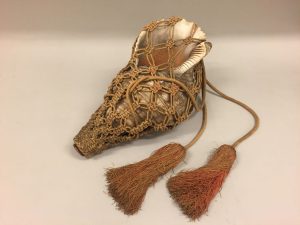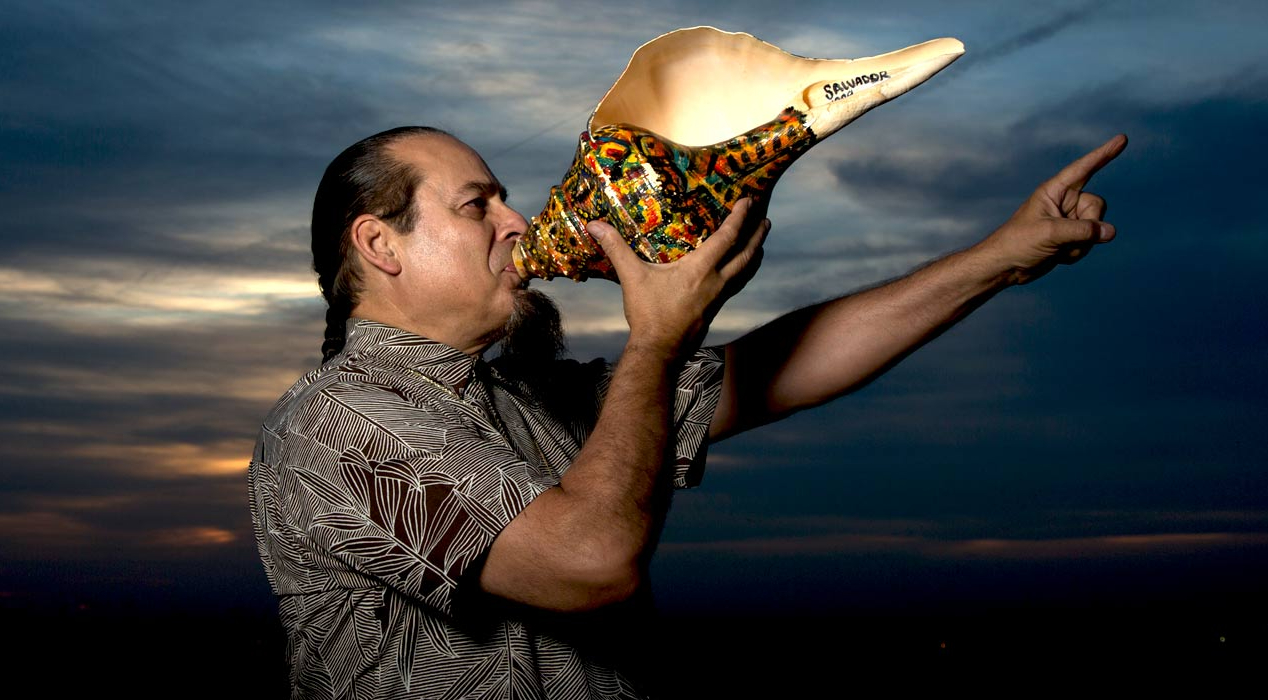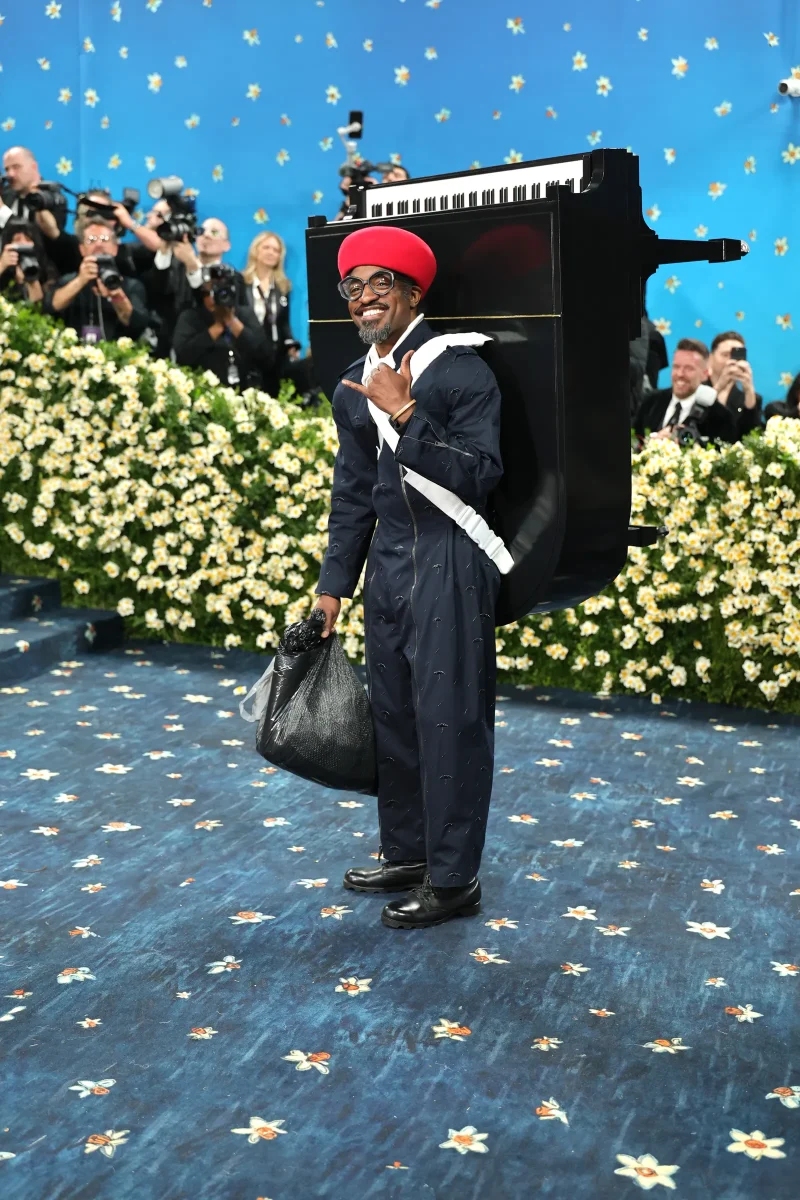When trombonist Steve Turre, a long-time member of the Saturday Night Live house band, released the album Sanctified Shells in 1993, it showcased a rather obscure instrument: the conch shell. However, this instrument was once used in many places around the world.

The conch shell, an instrument performed by people tens of thousands of years ago, used to be a very global instrument. Due to its significance in several ancient cultures, it was played on all continents except for Antarctica. For instance, the conch shell was used as a war instrument in Japan, while in Roman mythology the sea god Neptune would employ a conch shell when steering the wind. A conch shell is played like a brass instrument. It was originally the shell of a sea snail, which was then modified to become a playable musical instrument.
Turre was introduced to the conch shell (also known as the conch shell trumpet or conch shell horn) when playing in the 1970s with renowned woodwind player Rahsaan Roland Kirk, who would bring a variety of instruments to his concerts. Since the instruments have limited ranges, Turre gathered a collection of shells over the years that enabled him to play in different keys. Now, he’s considered a conch shell expert. In 1992, he was even interviewed on how to make a conch shell playable.
Sanctified Shells opens with the captivating “Exploration,” in which a feisty djembe and layers of mysterious and contrastingly calm conch shells inform the listener that this listening experience will be something extraordinary. The track is split into two sections, the second of which contains a solo by Turre on shells, and has an outro that includes rowdy drum fills. The second track, the joyful, laid-back “Gumbo,” is much more solo-oriented than “Exploration.” Turre’s solos (first on conch shells and then trombone) start almost near the beginning of the tune and are followed by a playful drum solo and a bass solo, which quotes Mercer Ellington’s “Things Ain’t What They Used to Be,” followed by a second shell solo in which Turre even plays two shells at once.
As if to emphasize the conch shell’s worldwide use as a musical instrument, Turre evokes the sounds of many different places on Sanctified Shells, such as India (“Beautiful India,” which has a lengthy, drawn-out intro, puts a tabla in the spotlight alongside Turre, and features gentle, pulsing bass and droning shells), Spain (“Toreador”), Africa (the three “African Shells” Interludes: the brief but lively “Strength,” “The Dream,” which alternates between ominous and serene, and the playful “Happiness,” which builds in complexity as the track goes on), Cuba (“Macho (Para Machito)”), and even Louisiana (“Gumbo”).
While Sanctified Shells mainly focuses on the conch shells, which Turre utilizes throughout the album to create chords in place of an instrument such as piano or guitar, the album also features other instruments. On the album’s title track, for instance, Turre uses the shells to create a musical backdrop for him to solo over on trombone (Turre also takes trombone solos on “Gumbo,” “Macho (Para Machito),” “African Shells: Second Interlude — The Dream,” and “Toreador”). Additionally, the exuberant “Macho (Para Machito),” a tune named for Cuban bandleader Machito, offers a departure from the shell-oriented sound of the previous tracks, featuring an ensemble and arrangement similar to that of a Latin big band (however, unlike a typical Latin big band, it lacks piano and saxophones) with Turre as the only shell player. Turre returns to this sound on “Toreador,” a tune on which prominent jazz trumpeter Dizzy Gillespie played his final recorded solo, albeit with a more foreboding atmosphere, and castanets played by Turre’s mother, Carmen.
The last track on Sanctified Shells, “Spirit Man,” begins with a solemn intro, which Turre re-recorded for his 2015 album Spiritman. In this intro, Turre takes turns playing musical phrases with a djembe, and the intro then segues into a fun, festive groove, ending the album with a powerful burst of energy.
Overall Review: 9.5/10: Sanctified Shells not only highlights Turre’s mastery of the conch shells and trombone, but also demonstrates his talents as a composer and arranger, all of which make Sanctified Shells a truly unique album.






